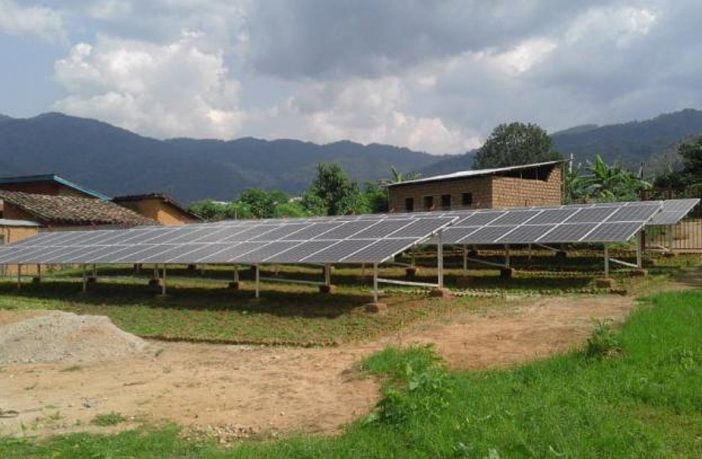- Extending the main electricity grid to serve remote communities is often prohibitively expensive, however, the rise of mini-grids is helping close the energy access gap.
- A new World Bank report indicates that at least 19,000 mini grids are already installed in 134 countries, representing a total investment of $28 billion and providing electricity to around 47 million people.
Titled Mini Grids for Half a Billion People: Market Outlook and Handbook for Decision Makers, the report takes stock of the global market and industry, analyses costs and technological innovations, and shows the importance of microfinance and income-generating uses of electricity.
The combination of falling costs, a dramatic increase in quality of service, and enabling policies has made mini-grids a scalable option to complement grid extension and solar home systems.
In addition to being cost-efficient, mini grids have many other benefits. They have positive environmental impacts: 210,000 mini grids powered by solar energy would help avoid 1.5 billion tons of CO2 emissions globally.
They also offer national utilities a win-win solution in the electricity sector by paving the way for more financially viable future grid expansion.
At present most mini grids are deployed in Asia, while Africa has the largest share of planned projects.
It is estimated that $220 billion is needed to connect 500 million people to 210,000 mini grids in these regions by 2030.
“Mini grids are now one of the core solutions for closing the energy access gap. We see great potential for mini grid development at scale and are working with countries to actively mobilise public and private investment,” said Riccardo Puliti, Senior Director of Energy and Extractives at the World Bank.
“The World Bank has been scaling up its support to mini grids while helping countries develop comprehensive electrification programs. Our commitments to mini grids represent about one-quarter of total investment by the public and private sector in our client countries,” Puliti added.
According to him, the Bank’s portfolio spans 37 mini grids projects in 33 countries, with a total commitment of more than $660 million. This investment is expected to leverage an additional $1.1 billion in co-financing.
Author: Babalwa Bungane
This article was originally published on ESI Africa and is republished with permission with minor editorial changes.















